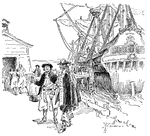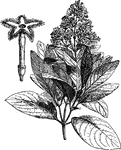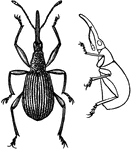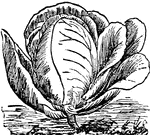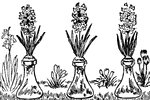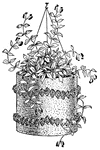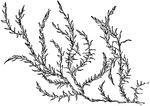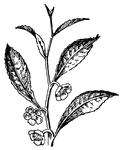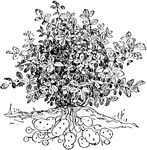
Daphnia Pulex Water Flea
"Water Flea is a popular name for minute aquatic Crustaceans such as daphnia, cypris, and cyclops. The…

Yucca
"Yucca is a genus of American plants, natural order Liliaceæ popularly known as Adam's needle.…

Fountain aquarium
"This is the Aquarium, consisting of a glass tank or fountain, usually of an oblong shape,…

Jacana
"The Jacana is a wading bird; a genus of grallatores. They are very light birds; and the wide surface…

Lady's Slipper
"Lady's Slipper is a genus of plants. The genus is remarkable for the large inflated lip of the corolla.…
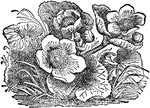
Marsh Marigold
"Marsh Marigold is a genus of plants having about five petal-like sepals, but no petals; the fruit consists…
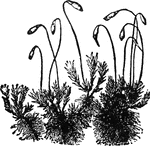
Moss
"Mosses are a class of small flowerless plants, important in the economy of nature, and of great interest…
Moss
"Mosses are a class of small flowerless plants, important in the economy of nature, and of great interest…

Moss
"Mosses are a class of small flowerless plants, important in the economy of nature, and of great interest…

Myrtle
"Myrtle is a genus of plants, natural order Myrtaceæ, consisting of aromatic trees or shrubs,…

Myrtle Flower
"Myrtle is a genus of plants, natural order Myrtaceæ, consisting of aromatic trees or shrubs,…
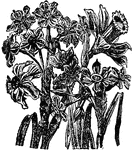
Narcissus
"Narcissus is an extensive genus of bulbous plants. The species are numerous, and from their hardiness,…
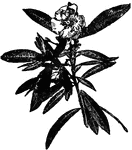
Oleander
"The Oleander is the common and sweet-scented oleander. They have lanceolate coriaceous leaves, with…

Chamaerops Humilis Palm
"Palm is a natural order of endogenous plants, the products of which are of extreme importance and utility…
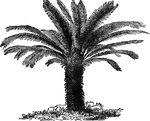
Cycas Revoluta Sago Palm
"Palm is a natural order of endogenous plants, the products of which are of extreme importance and utility…
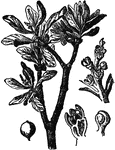
Loranthus Europaes
"Parasitic Plants are those which are unable to nourish themselves and prey upon other plants or animals;…
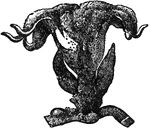
Brugmansia Zipple
"Parasitic Plants are those which are unable to nourish themselves and prey upon other plants or animals;…
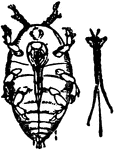
Phylloxera
"Pylloxera is a genus of insects allied to the Aphis and Coccus families. The Phylloxeridæ attach…
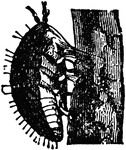
Phylloxera
"Pylloxera is a genus of insects allied to the Aphis and Coccus families. The Phylloxeridæ attach…
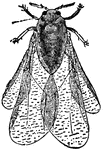
Phylloxera
"Pylloxera is a genus of insects allied to the Aphis and Coccus families. The Phylloxeridæ attach…
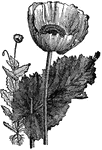
Opium Poppy
"Poppy is a genus of plants, of which there are numerous species, mostly natives of Europe and Asia,…
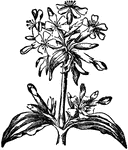
Soapwort
"Soapwort (Saponaria), a genus of plants of the natural order Caryophyllaceæ; so called because…

Eyebright
A genus of plants of natural order Scropulariaceæ. having a tubular calyx, the upper lip of the…

Chara
They grow in pools and slow streams rooting in the ground and growing erect. Some species when taken…

Verbena
A genus of plant, of which several species are extensively cultivated, some for their lemon-scented,…
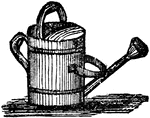
Water-pot
A vessel for holding or conveying water, or for sprinkling water on cloth in bleaching, or on plants.

Plant-box
"For the shifting of very large tub-plants, a box or tub with moveable sides is handy and efficient."…

Coldframe
"This may be either a temporary or permanent building, and it is generally used for the protection of…

Golden Tortoise Beetle
Beetles that feed on sweet potato, morning glory, and other convolvulaceous plants.
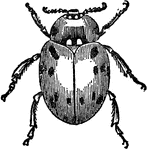
Ladybird
A class of small insects or beetles found commonly on plants and trees. They are noted for their various…
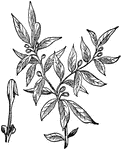
Laurel
A genus of plants ranging in size from a shrub to trees sixty feet in height. They are natives of southern…

Lichens
An order of flowerless or cryptogamous plants. All plants are classified as belonging to the flowering…

Lily of the Valley
A genus of plants of the family liliaceae, native to the bushy places of America and Eurasia. It has…

Lotus
A name derived from the lotus of Greek legend, and applied to various species of plants related to the…

Manatee
An animal native to the waters of South America, Australia, and West Africa. It is herbivorous, subsisting…

Morning Glory
A family of climbing plants, including many species. They are familiarly known as favorite flowering…

Myrtle
A genus of plants native to western Asia, but now naturalized quite extensively in Europe and other…


